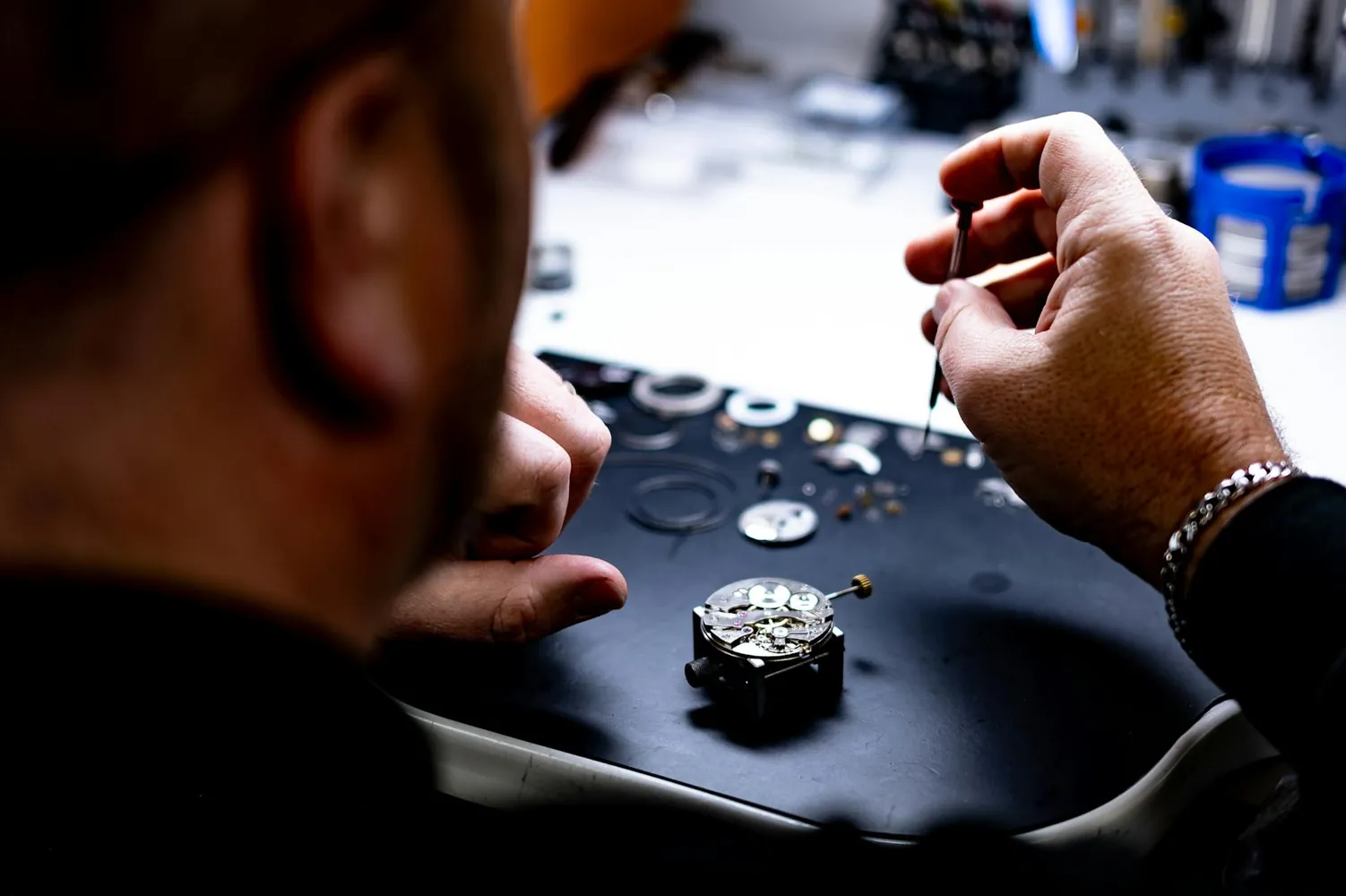Unveiling the Craftsmanship Behind Exceptional Handcrafted Luxury Watches

The Artistry of Handcrafted Luxury Watches
When it comes to luxury watches, the artistry involved in their creation is unparalleled. Each timepiece is a testament to the skill and dedication of master craftsmen who blend traditional techniques with modern innovation. This delicate balance is what sets handcrafted luxury watches apart from mass-produced alternatives.
The Role of Design in Watchmaking
The design of a luxury watch is where artistry truly begins. From sketching initial concepts to creating detailed blueprints, designers consider every element—from the dial and hands to the case and strap. The choice of materials, whether it be platinum, gold, or exotic leather, plays a crucial role in the overall aesthetic and functionality of the watch.
For instance, Patek Philippe's Calatrava collection is renowned for its simplicity and elegance, relying on minimalist designs that highlight the exquisite materials and craftsmanship involved.
Brand Heritage: A Legacy of Excellence
The history and heritage of a brand contribute significantly to its reputation and perceived value. Brands like Rolex, Audemars Piguet, and Vacheron Constantin have built their legacies over centuries, each with unique stories that enhance the desirability of their watches.
When assessing a luxury watch, consider the brand's history, innovations, and contributions to horology. This context not only informs you about the watch's quality but also its investment potential.
Precision and Mechanical Innovation
The precision and reliability of a luxury watch are paramount. The intricacy of the mechanical movement inside a timepiece is where true craftsmanship shines. Master watchmakers devote countless hours to assembling components that can be as small as a grain of sand. These components must work in harmony to ensure accuracy and longevity.
The Movement: Heartbeat of the Timepiece
The movement of a watch, often referred to as its caliber, is its most crucial element. There are two primary types: mechanical (manual and automatic) and quartz. In luxury watches, mechanical movements are preferred for their complexity and tradition.
An excellent example is the tourbillon, a mechanism designed to counteract the effects of gravity on a watch's accuracy. Invented by Breguet in the 18th century, it remains a sought-after feature in high-end watches today.
Materials That Define Luxury
The choice of materials in luxury watches extends beyond aesthetics; it affects durability and comfort as well. High-grade metals, precious stones, and innovative composites all contribute to a watch's distinct feel and long-term value.
Exquisite Metals and Alloys
Metals like rose gold, white gold, and platinum are staples in luxury watchmaking. Each metal brings unique qualities—platinum's weighty presence versus rose gold's warm hue—that enhance the wearer's experience.
- Rose Gold: Known for its rich, pinkish color, rose gold complements warm skin tones and adds an element of sophistication.
- Platinum: Valued for its durability and hypoallergenic properties, platinum provides a hefty, substantial feel on the wrist.
A Framework for Assessing Watch Craftsmanship
Understanding what makes a luxury watch exceptional involves looking at several critical aspects: design details, brand heritage, and mechanical innovation. Here’s a practical mini-framework you can use when evaluating a luxury watch:
- Examine the Design: Look for coherence in design elements—how well do they integrate into a harmonious whole? Consider the uniqueness of materials and how they complement each other.
- Research Brand Heritage: Investigate the brand’s history. What are its landmark achievements? How has it contributed to the evolution of horology?
- Evaluate Mechanical Innovation: Dive into the specifics of the watch's movement. What complications are present? How does the brand differentiate its mechanisms from competitors?
By applying this framework, you'll gain a deeper appreciation for the meticulous work behind these masterpieces and make informed decisions when acquiring a new timepiece.
The Future of Luxury Watchmaking
As technology continues to advance, the future of luxury watchmaking will likely see a fusion of tradition with cutting-edge innovation. Smartwatch capabilities integrated into mechanical movements or new sustainable materials could redefine what we consider luxurious.
Brands such as TAG Heuer have already begun experimenting with this blend, offering watches that combine traditional elegance with modern technology.
In conclusion, understanding the craftsmanship behind exceptional handcrafted luxury watches enhances both appreciation and evaluation skills. Whether you're an enthusiast or collector, recognizing these details ensures that your investment is both wise and rewarding.
